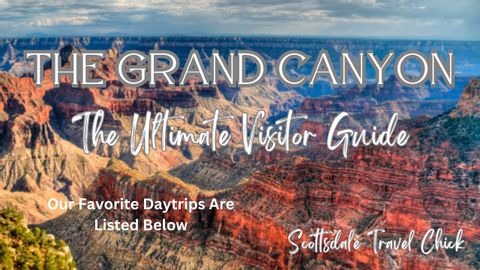大峽谷終極遊客指南--您需要知道的一切 (The Ultimate Visitor Guide to the Grand Canyon - Everything You Need to Know)
Peggy 發佈於 2024 年 08 月 15 日  沒有此條件下的單字
沒有此條件下的單字US /ɪnˈkrɛdəbəl/
・
UK /ɪnˈkredəbl/
- adj.難以置信;偉大的;令人難以置信的;難以置信的
US /ˌrɛkəˈmɛnd/
・
UK /ˌrekə'mend/
US /ɪkˈspɪriəns/
・
UK /ɪk'spɪərɪəns/
- n. (c.)經驗;(學到東西的)經驗;經驗;經歷
- n. (c./u.)經驗;經歷;工作經驗
- v.t./i.經歷;體驗
